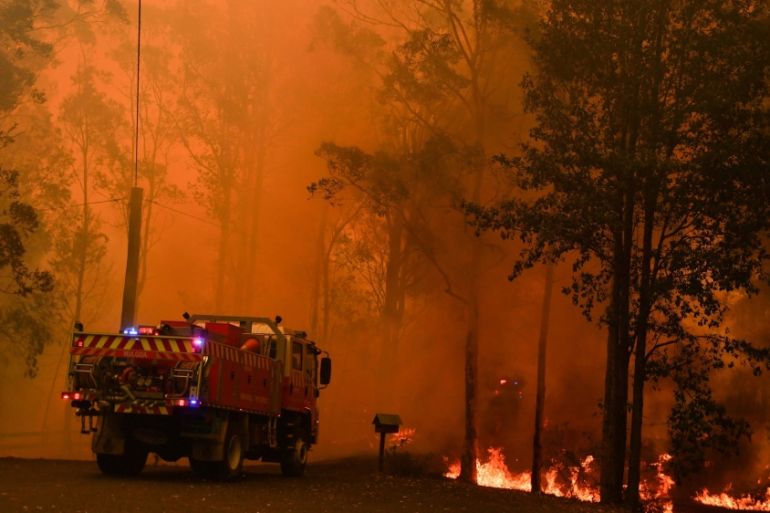Just How BAL Record Impacts Shrub Fire Defense Measures
In the realm of bush fire security, the Structure Attack Degree (BAL) report stands as an essential tool that considerably influences the safety and security and resilience of homes in fire-prone areas - BAL Report. The effect of a BAL analysis prolongs much past simple paperwork; it functions as the keystone for identifying the ideal building and construction criteria and fire security actions necessary to alleviate the threats postured by bushfires. As neighborhoods come to grips with increasingly severe fire seasons, comprehending exactly how the BAL record forms these safety procedures becomes vital for property owners, policymakers, and building contractors alike
Understanding the Bushfire Attack Degree

Significance of BAL Record Evaluation

Furthermore, the BAL report analysis acts as a fundamental step in abiding by lawful obligations and demands associated with bushfire defense. Neighborhood councils and authorities often mandate the submission of a BAL record as component of the planning and building authorization procedure to make certain that properties are effectively safeguarded versus bushfire dangers. Stopping working to conduct a thorough BAL report analysis can result in inadequate protection steps, leaving properties vulnerable to devastating bushfire events.
Construction Requirements Based Upon BAL
A comprehensive understanding of the Bushfire Strike Level (BAL) makes it possible for building proprietors to apply building and construction requirements tailored to their specific risk profile. Building and construction criteria based on BAL are essential in mitigating the influence of site web bushfires on residential or commercial properties. The BAL ranking categorizes the prospective risk a building deals with throughout a bushfire on a scale from BAL-Low to BAL-FZ (Fire Area)
Carrying Out Fire Security Procedures
With the structure of building standards based on Bushfire Attack Degree (BAL) in place, the emphasis now moves towards the practical implementation of fire security actions to fortify homes versus bushfire threats. Passive actions include utilizing fire-resistant structure products, mounting cinder guards on vents, securing spaces in walls and roofing systems, and maintaining a clear room around the building free from combustible greenery. By incorporating both passive and active methods, buildings can substantially decrease their vulnerability to bushfire occurrences and boost the security of occupants.
Safeguarding Residences Against Bushfires
Efficiently protecting homes versus the destructive influences of bushfires calls for a proactive and detailed strategy to fire defense procedures. Homeowners living in bushfire-prone areas need to prioritize the execution of different techniques article to improve their residential or commercial property's strength against wildfires. One basic aspect is creating a defensible space around the home by maintaining a clear area devoid of combustible products. This includes regularly cutting plants, removing dead plants, and guaranteeing a secure range between frameworks and trees. Setting up fireproof roofing products can likewise dramatically minimize the risk of coal attacks and straight flame call. Additionally, sealing gaps and vents to avoid cinder intrusion, along with incorporating fireproof windows and doors, can assist fortify the home's defense against bushfires. Buying a trusted water resource, such as a well-maintained lawn sprinkler system or a committed water tank, is vital for supplying water throughout fire emergency situations - BAL Report. By welcoming a positive position and incorporating these safety actions, property owners can dramatically boost their chances of guarding their homes against bushfires.
Final Thought
In final thought, the Bushfire Assault Level (BAL) record plays an important duty in identifying the required protection measures against bushfires. Carrying out fire defense procedures based on the BAL report is important in protecting residential or commercial properties from potential bushfire threats.
In examining bushfire threat to homes, recognizing the Bushfire Strike Level (BAL) is a critical element for implementing reliable protection procedures. Overall, a you could try these out clear understanding of the Bushfire Assault Degree is crucial for applying sufficient defense steps and minimizing the impact of bushfires on homes.
